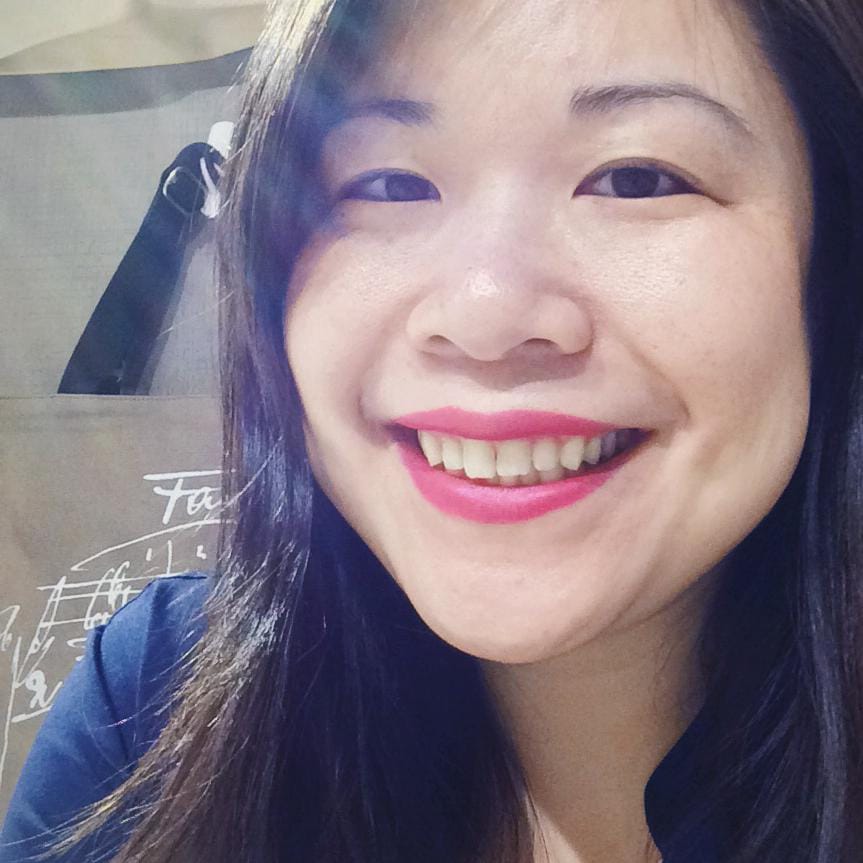The Future of Xiaomi with Eva Xiao

Eva Xiao from Technode continued our discussion on Xiaomi, focusing on what kind of company that Xiaomi truly is, and the current challenges they are facing to justify their US$45B valuation. We discussed the company’s recent failures to hit their 100M smartphones target, the loss of smartphone market share, failure to expand aggressively into international markets such as US and India and their bets on Internet of things and consumer electronics have not worked as much as they want. We conclude our conversation with where Xiaomi might be in 5 years time.
Here are the interesting show notes and links to the discussion (with time-stamps included):
- Eva Xiao, Reporter at Technode.com (@evawxiao, LinkedIn, Wechat: evawxiao , Technode
- Xiaomi (@Xiaomi)
- Xiaomi has a reputation to be called “Apple of China” where their business model in China is much more similar to Amazon (with the focus on software services), and sometimes, Dell or etc. Exactly, how should one perceive Xiaomi as a company – are they more hardware or software? [1:10]
- Most of their profit is still from hardware (94% smartphones, 11/2014)
- Innovative business model: flash sales, customer feedback, local supply chain (Foxconn, ‘made in India’), save on advertising, relies on WOM,
- livestreaming from Lei Jun to leak Mi Band 2 and Mi Max
- Their ability to sell online (cut costs)
- Business models with software as a service for Xiaomi with in-app purchases. [2:55]
- Where is the current footprint of Xiaomi across the world? They have expanded to India and Southeast Asia, and avoided US on a whole (until recently, they did a partnership with Microsoft on patents and software productivity services) [5:31]
- Singapore, Malaysia, Philippines, Indonesia, Thailand, India, HK, Taiwan, China, Brazil
- How is Xiaomi different from their competitiors for example, Huawei and Oppo? [8:15]
- Xiaomi has a strong fan base in China and other parts of the world, can you explain the demographic of Xiaomi users?
- younger users
- low-middle market
- Who are the key investors of Xiaomi? (Ref: Crunchbase) [9:15]
- Ratan Tata from Tata Group – India, Robin Chan.
- IDG Capital, Shunwei Capital, Qiming Venture Partners, Morningside Group, Qualcomm Ventures, Temasek Holdings
- Xiaomi has also made investments in startups, and which are the key categories of their interest and the important startups which we should watch? [10:42]
- hardware incubator (Huami, Zimi, Yunmi)
- Media and content recently: Iqiyi, Hungama, Blue whale media (online business media startup)
- Can Xiaomi live up to its US$45B hype? [13:32]
- They have not done well in 2015 with expansion in India and Southeast Asia, reaching only 70-80M target for sales as compared to the 100M target of smartphone sales, what happened?
- saturating smartphone market in China
- Huawei sold 100 million smartphones in 2015, 3rd largest smartphone maker after Apple and Samsung (then oppo and vivo: http://www.idc.com/getdoc.jsp?containerId=prUS41216716)
- Competition in developing markets: Lenovo, Huawei, OnePlus, Meizu
- Betting too much on IoT ecosystem [15:30]
- Xiaomi’s reliance on contract manufacturing as compared to Huawei with technology competency. [16:50]
- They have not done well in 2015 with expansion in India and Southeast Asia, reaching only 70-80M target for sales as compared to the 100M target of smartphone sales, what happened?
- They faced an onslaught from Huawei and other smartphone makers such as Oppo (now globally, they are out of top 5), which has disrupted them from the low end, and is unable to be on the high end as compared to Samsung in the Android space or even Apple with the iPhone. Where do you see them going in the smartphone space? [17:50]
- What are the current priorities of Xiaomi from your opinion and where do you think that they will be in 5 years time? [18:53]
- Xiaomi has a reputation to be called “Apple of China” where their business model in China is much more similar to Amazon (with the focus on software services), and sometimes, Dell or etc. Exactly, how should one perceive Xiaomi as a company – are they more hardware or software? [1:10]
Podcast Information:
- Feed
- iTunes
- Google Play
- SoundCloud
- Product Hunt
- Quibb
- Google+
- Stitcher
- Acast
The show is hosted by Bernard Leong (@bleongcw) and are sponsored by Ideal Workspace (Twitter, Facebook and LinkedIn) with their new Altizen Desk on Indiegogo (Twitter, Facebook, Medium). Also check out Ideal Workspace’s new standing desk, Altizen and sign up for their mailing list. Sound credits for the intro music: Taro Iwashiro, “The Beginning” from Red Cliff Soundtrack.



